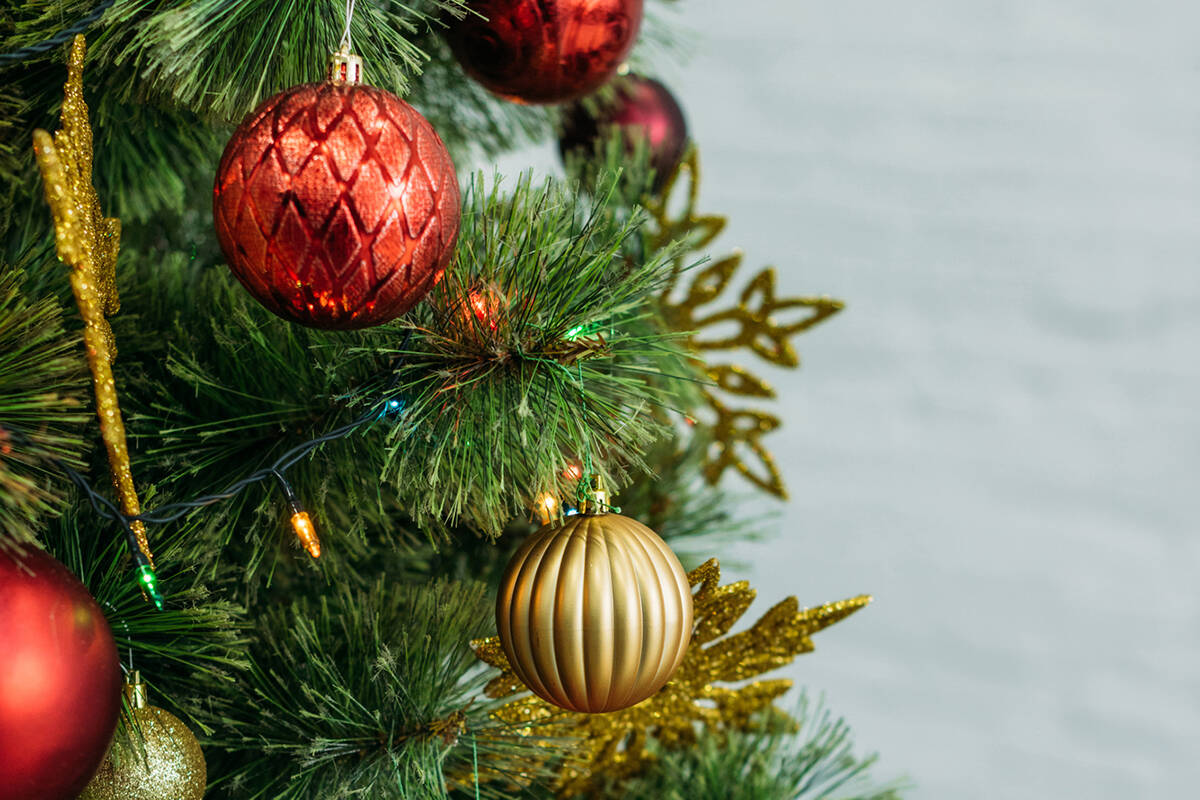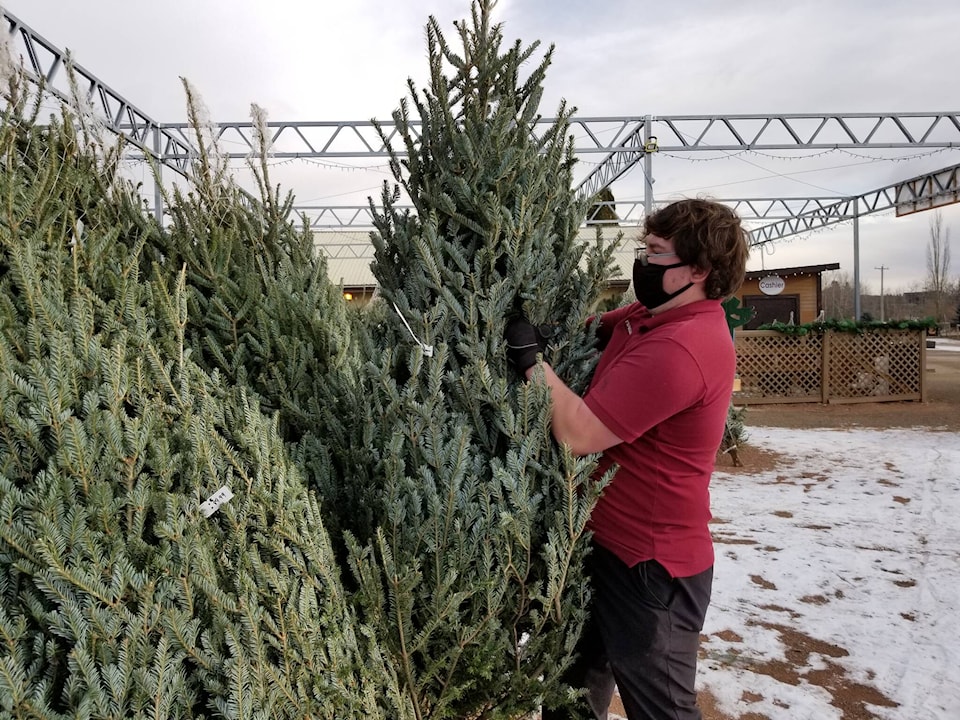Christmas trees are part of the Christmas celebration as we know it today. It can include but it isn’t limited to cut, artificial or live evergreen trees.
Cut trees can be grown on a Christmas tree farm where the seedlings are planted with the intent of them being harvested five to ten years later for Christmas sales. The trees are watered, fertilized and pruned to insure that the trees grow fast and shapely. There are a few Christmas tree farms on the Prairies but most Christmas trees are grown in areas where the growing season is longer and trees mature faster.
The Alberta Government sells permits to cut spruce or pine trees within designated areas on Crown land. The fee is minimal but depending on where one lives, the drive can be long.
White Spruce tree is easily recognized by their short stiff needles. The branches are firm and stay upright once the ornamentation is in place.
Black Spruce looks similar to White Spruce when they are young but as the span of the black spruce branches is narrower at maturity.
Lodgepole Pine have long needles and branches that always point upwards.
Typically, tree lots are fully stocked by the first of December. Trees coming from British Columbia this year may be delayed.
Balsam Fir tends to be the most sought after tree. It has dark green foliage and holds its fragrance for most of the season. Growers like them as they require little if any pruning.
Douglas Fir are also popular with growers and consumers. Their needles are similar to those of the Balsam Fir; short, flat and soft. Many people will not differentiate between the two types of fir trees.
Scotts Pine and Eastern Pine both have very long needles. Unlike the trees that grow in the wild, the trees form dense cone shape that is achieved through pruning.
Before buying a tree on a lot, unwrap it pulling branches down to find the trees’ shape. It is hard to discover missing branches and flat sides when all the branches are wrapped upwards.
Check to see if the tree is dry. Are the needles dry and falling off? If in doubt, drop the tree on its stump to see how many needles fall.
As soon as the tree is brought home, re-cut the trunk and place it in water. Trees like all plants and will attempt to seal the bottom of a cut stem to stop the loss of sap. This action also stops the upward flow of water. Making a new cut will allow the tree to take up more liquid. Keeping the reservoir full on the tree stand encourages the tree to continue water uptake. A properly cared for, fresh, tree will last the holiday season with minor needle loss.
Potted live trees are also available in various sizes. Smaller plants are often sold in stores that sell tropicals. Look for larger trees through specialty companies either for rent or purchase. Bringing a tree inside from the cold will stress the tree and can cause the plant to break dormancy if it is in the building for more than a couple of weeks. Water potted trees as need.
Choose a tree that fits your family traditions and budget.
Linda Tomlinson is horticulturalist that has gardened in Central Alberta for over 30 years. She can be reached at your_garden@hotmail.com

